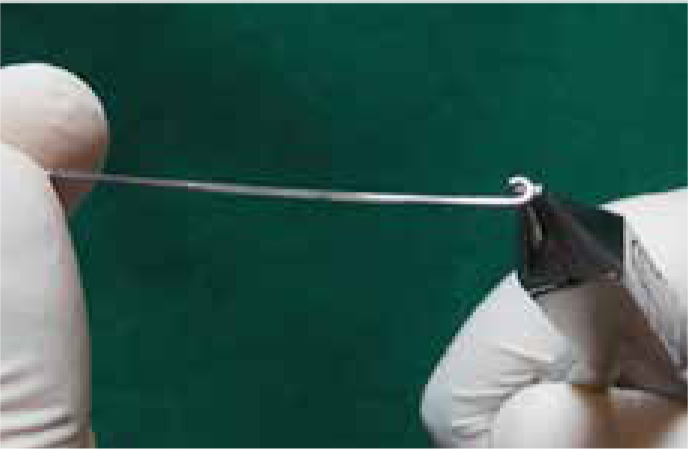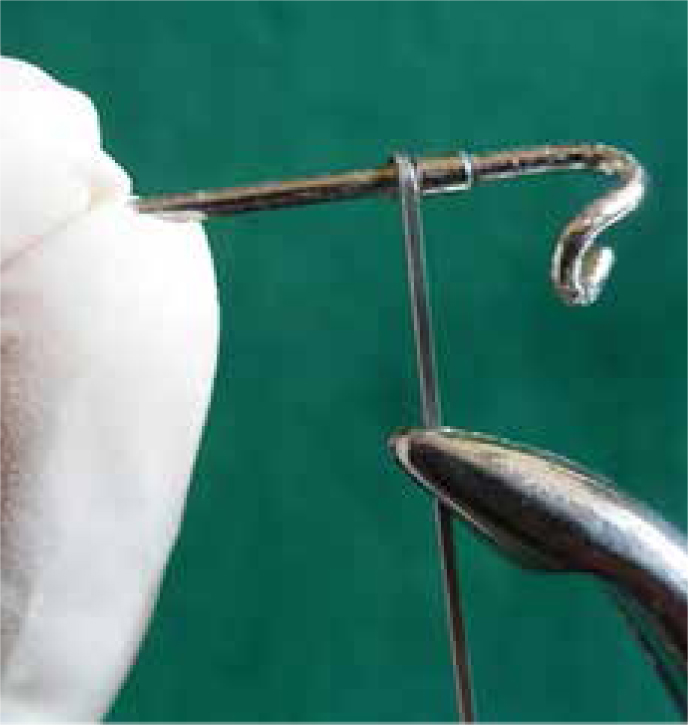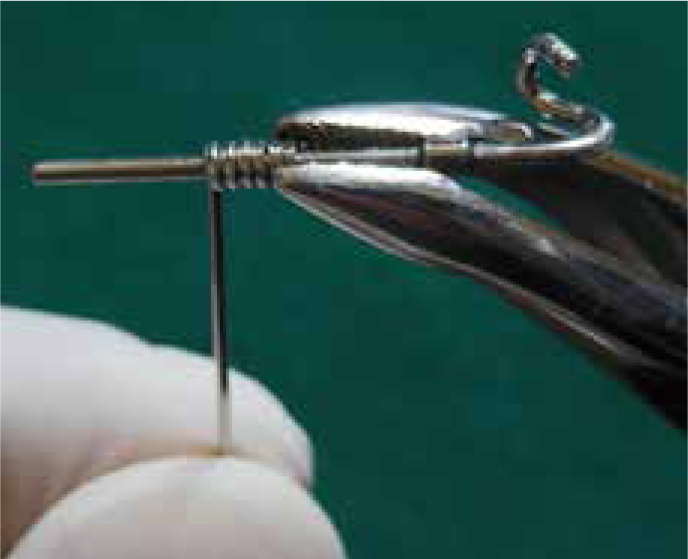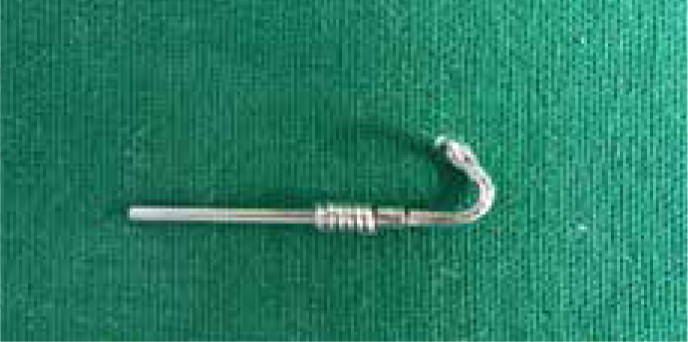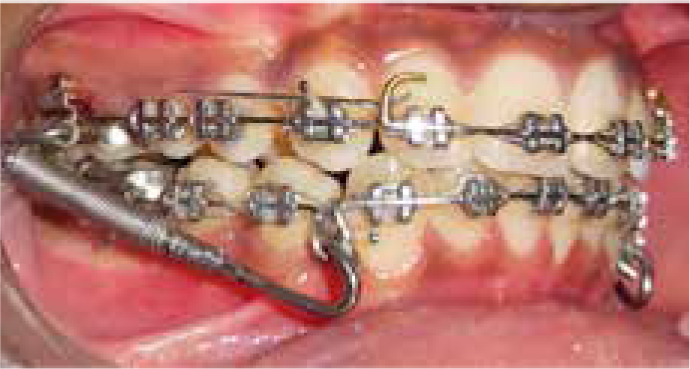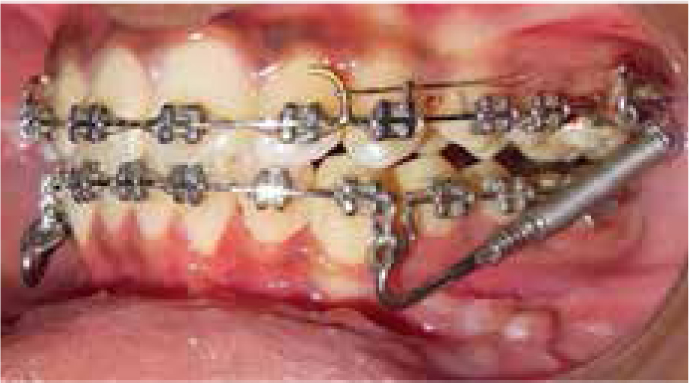Article
Fixed functional appliances such as Forsus™ (Fatigue Resistant Device, 3M Unitek, Monrovia, CA; www.3mUnitek.com) frequently require reactivation. For this purpose they are provided with a pair of crimps by the manufacturer but often they do not provide the required amount of reactivation. Composite beads have been tried for reactivation but they are prone to breakage.1
Here, a more stable and reliable method of activation of the Forsus has been shown, which can be customized to match the case requirement to achieve the desired amount of activation. To make the loop, a straight length of 0.019” x 0.025” stainless steel wire is cut to the desired length and an initial loop is formed using a Bird beak plier (Figure 1). It is then stabilized onto the L pin of the Forsus appliance using a Weingart plier and the wire is wound into equal spirals onto both the L pins and is tried in the patient's mouth (Figures 2−6). The activation can be easily increased by increasing the number of loops on both sides or reduced by cutting an equal number of spirals on both sides. The advantage of this reactivation loop is that it is rigid and more hygienic compared to other methods, such as elastomeric O-rings, that have been tried earlier.
